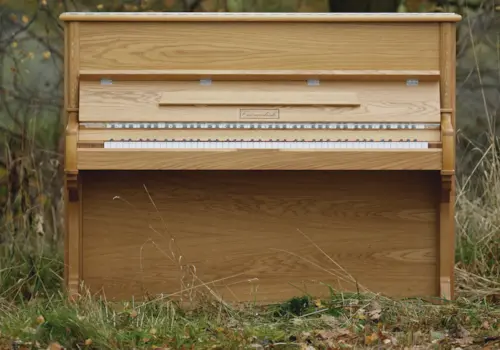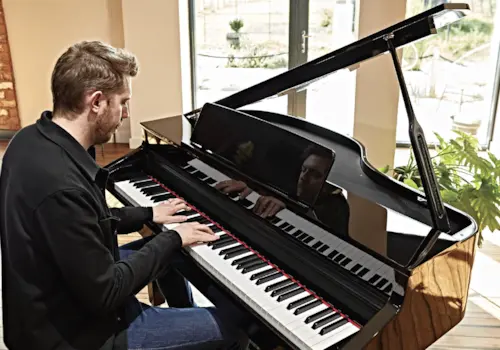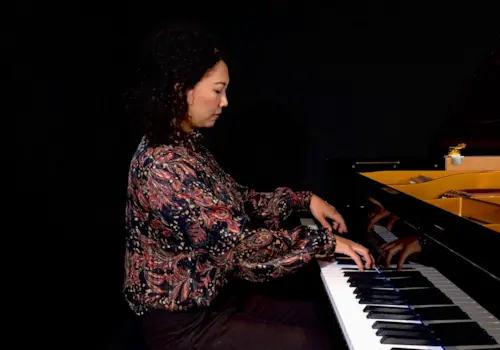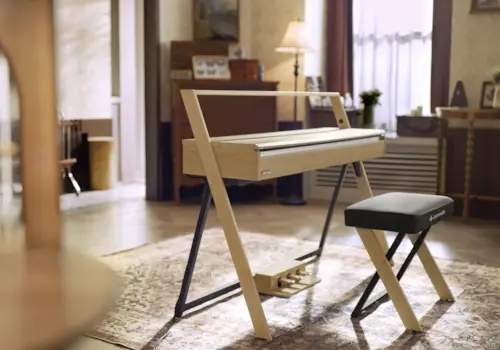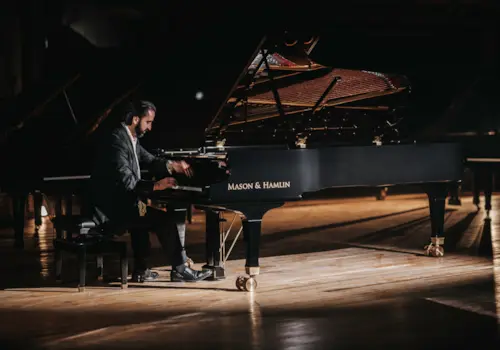Recordings can be of real value during the learning process, as Melanie Spanswick explains
Many believe that we shouldn’t listen to recordings of our pieces before we learn to play them mainly because we run the risk of ‘copying’ the artists we are hearing. However, recordings can be of real value during the learning process. Here’s how you can use them to your advantage:
1 Recordings are imperative when deciding which repertoire to learn and there’s a huge selection of piano music available on YouTube, Soundcloud or Spotify.
2 Consider the following when selecting your pieces via listening to recordings:
- Always read the score (or a copy of the music) whilst hearing the recording. Following along as you listen allows you the luxury of ‘feeling’ the music in your fingers before you learn it.
- Can you really envisage playing your chosen piece? Is it within your technical grasp? Be realistic and if you know it’s too demanding move on to something else as opposed to causing yourself months of grief! (As a teacher, I know only too well the problems associated with students attempting to learn music beyond their current capabilities.)
- Music that is not immediately attractive or well-known can often be more rewarding to learn and perform in the long run.
Paul Lewis's performance of Beethoven's 'Moonlight' Sonata should inspire:
3 Now that you’ve chosen your piece, you’ll want to listen more seriously with a view to learning it.
Many recordings online are less than ideal, so try to search for those by professional pianists. How do you find them? Generally their audio recordings will be issued by various record labels and they will have accrued an impressive performance biography, so before you listen, type their name into Google for a quick search. It’s also worth listening to examination board recordings (if the piece is on a piano exam syllabus), and again, those issued by the exam board should be your ‘go to’. Aim to hear several good recordings as opposed to just one in order to give a balanced overview.
Here's Pianist's own Chenyin Li performing the pristine Scarlatti Sonata in D minor K 9
(the score appears in the Aug/Sept 2025 issue of Pianist)
4 Listen BEFORE you start practising your piece. Noting the following might be beneficial:
- Speed: what you’re hearing on the recording is the ‘final’ speed so you’ll probably need to start with a much slower practice tempo. Your final chosen speed can be steadier if necessary, remembering that a professional pianist will often select faster tempi. Also watch out for any tempo changes or specific use of rubato.
- Articulation: this is probably one of the most noticeable elements as finger clarity and precision form the bedrock of a successful performance.
- Dynamic colour: take note of tonal variety and how it affects the performance’s structure.
- Historical Performance: how are ornaments interpreted? How are phrases shaped within the context of the piece? How much pedal is employed?
- Emotion: finally, how does the recording make you feel: does it move you emotionally or not? Can you pinpoint the reason for this?
Try Bruce Liu's interpretation of Chopin's Nocturne in C sharp minor:
5 Once you start to learn the piece REFRAIN from listening to it. This is tricky but necessary so that you are able to form your own opinion about it and, ultimately, your own interpretation. You can, of course, resume listening once the piece is in your fingers, but, by this time and after all your hard work, you will probably prefer to hear your own rendition!
For more advice from Melanie, subscribe to Pianist and read her column inside every issue.

